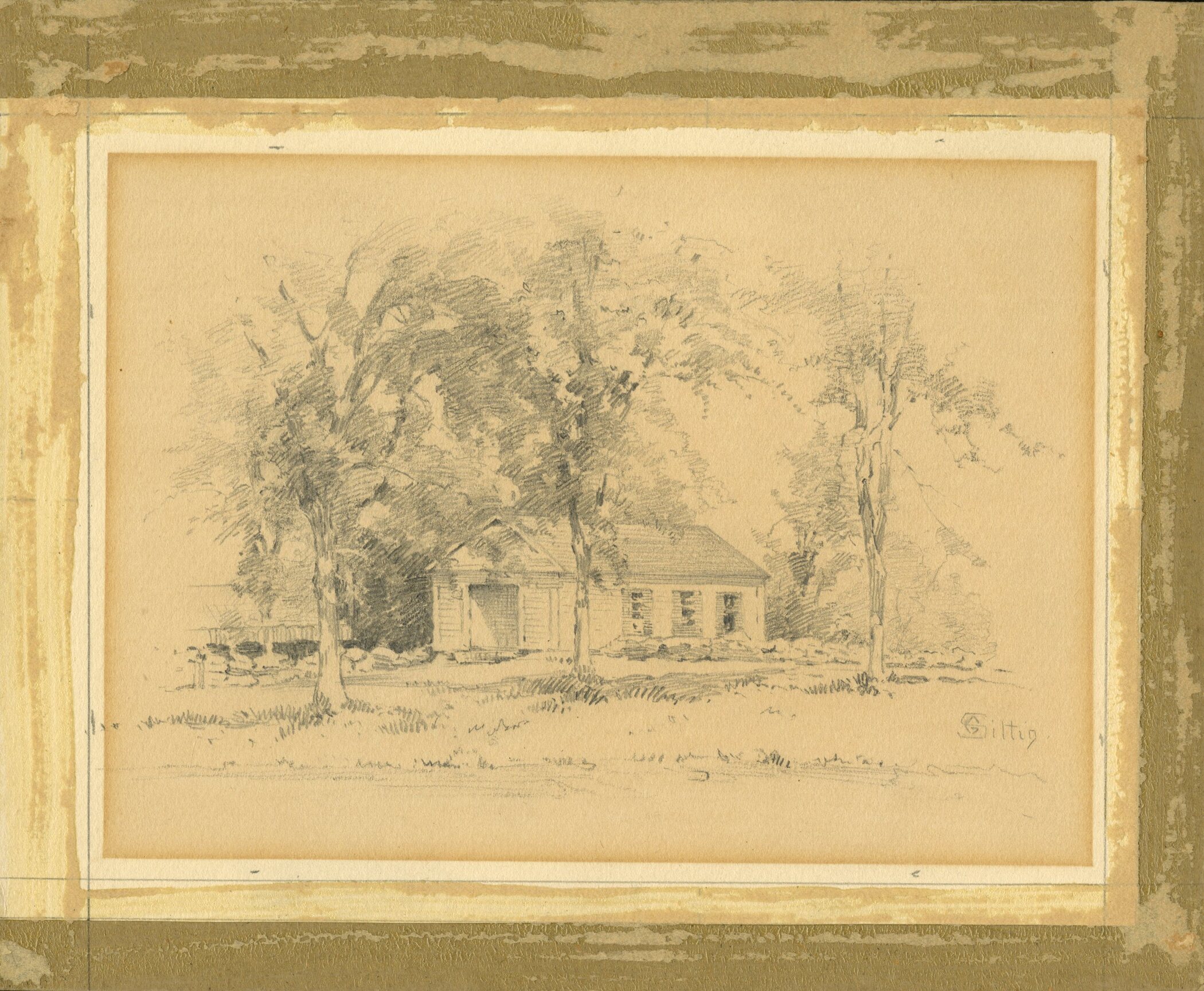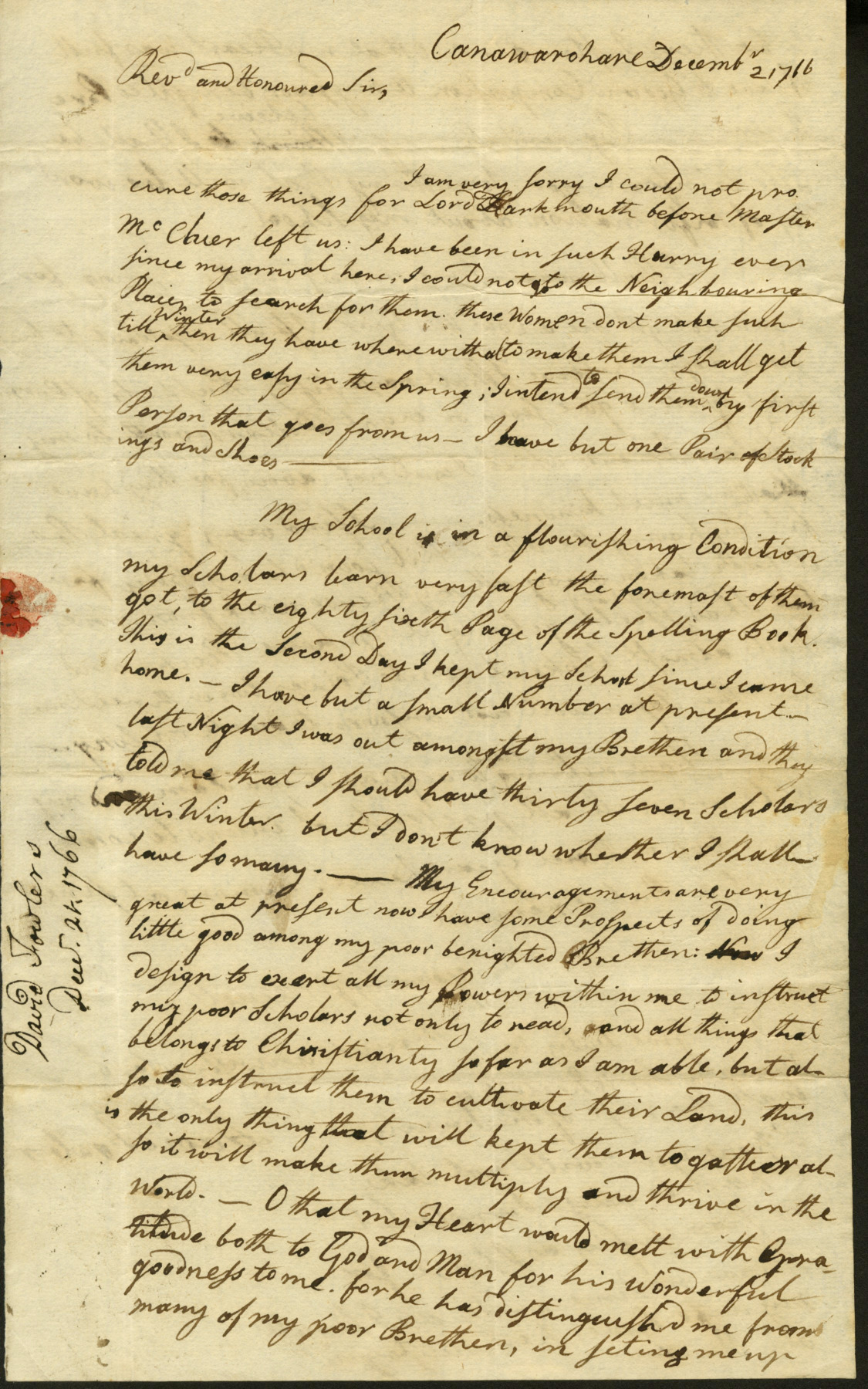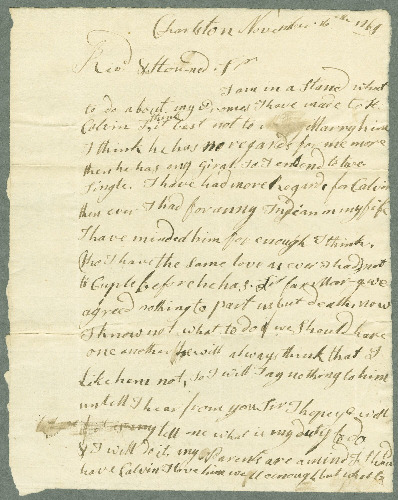An exhibit examining success through the lens of two Native women who attended Moor's Charity School, Hannah Garrett and Mary Secutor. Exhibit curated by Sydney Hoose '25 as her final fellowship project.
Diving into the Dynamics: Female Native Students at Moor's Charity School
Curated by Sydney Hoose '25, this exhibit examines success through the lens of two Native women who attended Moor's Charity School, Hannah Garrett and Mary Secutor. Continue scrolling to view her curator's statement and enter the exhibit!
Curator's Statement
Thank you for visiting this exhibit! For the Fall of 2023, I, Sydney Hoose, have been the Historical Accountability Student Research Fellow for the Rauner Special Collections Library. I am so grateful for this opportunity to focus on two women who attended Moor’s Charity School (MCS) and learn from and about them.
While researching this topic, I looked at the Rauner Special Collections library. There, I found information in narratives, letters, and confessions (later, I will discuss what narratives and confessions mean in this context). However, I soon realized that there is little surviving information about the female students who attended this school. Because of this, I also looked to outside sources, which is not very common for this fellowship, to read what experts had to say about this topic to try and gain a holistic perspective.
In this exhibit, I will first talk about the history of Moor’s Charity School, then discuss Hannah Garrett and Mary Secutor, and then I will wrap up in the conclusion.
Why This Topic?
This topic has personally been meaningful to research because education has been a fundamental pillar in my life. I am Skidi Pawnee, Chickasaw, and an enrolled member of the Cherokee Nation. My mother (Vannessa), grandma (Lillian), and great-grandma (Roberta) all spent their lives working in education to some degree. My mother has been a schoolteacher for over 20 years. Each year, she teaches her students about Native American culture. My grandma also worked as a teacher. She spent 40+ years working with public schools in Oklahoma through the Indian Education program to improve math and reading scores while increasing high school attendance and graduation rates. My great-grandmother, daughter of a Carlisle Indian School survivor, saw the impact of education and the challenges and opportunities that came from it. Roberta encouraged my grandma and her siblings to attend college. She also helped Native youth in her community gain the confidence and skills necessary to pursue higher education. With this said, the motivation behind education has always concerned me. With the history of boarding schools and Native Americans, I was skeptical to learn about Moor’s Charity School. With this said, it is noteworthy that Moor’s Charity School is not considered a boarding school and later on in this exhibit I will touch on why. However, it is vital to acknowledge and be aware of the politics and complicated history of education, specifically in the context of Native American communities.
Sydney Hoose '25 is an Anthropology major and is double minoring in Human-Centered Design and Native American and Indigenous Studies. To read her blog post visit the Rauner Library Blog!
 Historical Accountability Student Research Program
Historical Accountability Student Research Program


